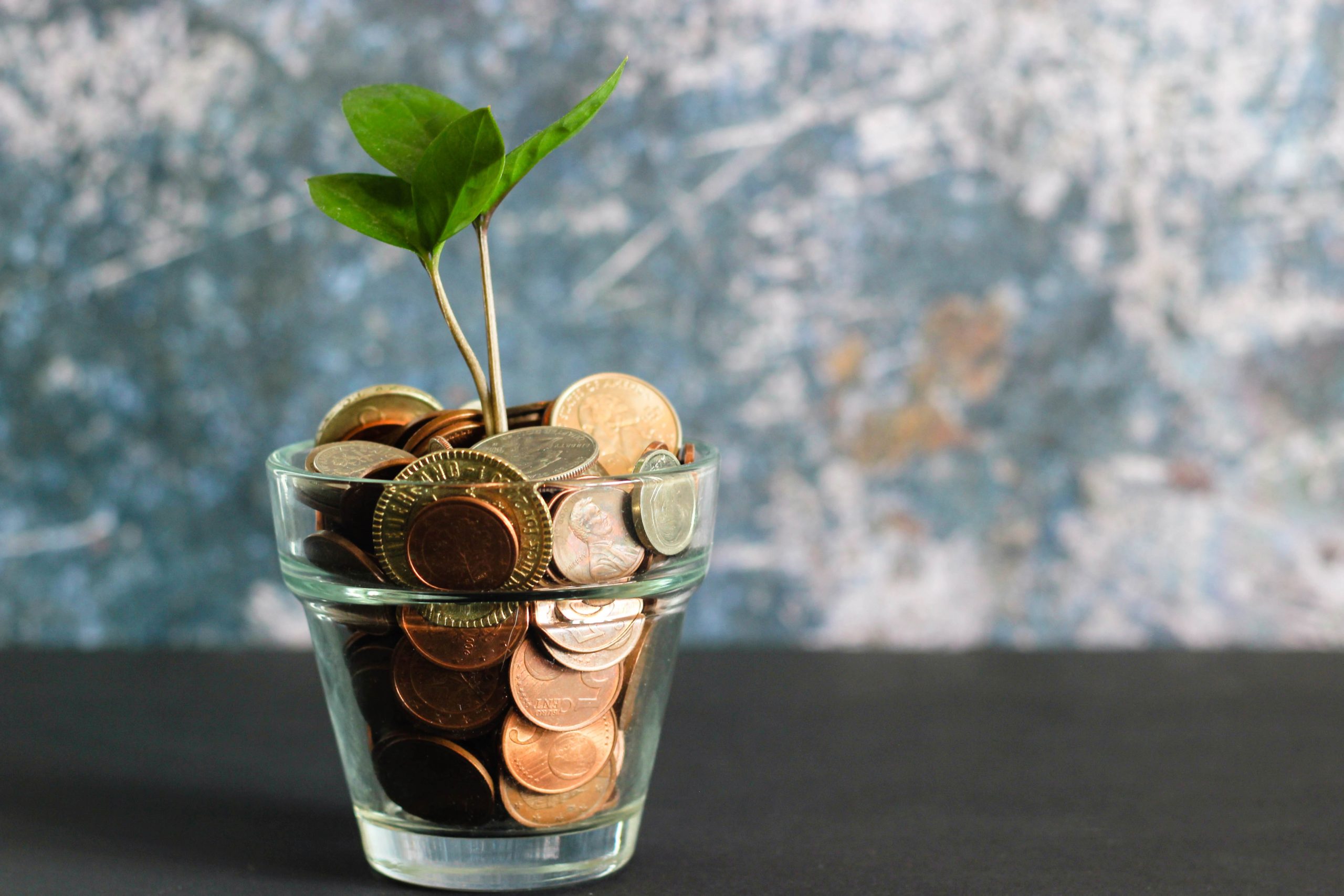According to Albert Einstein, “Compound interest is the eighth wonder of the world. He who understands it, earns it. He who doesn’t, pays it.”
Compound interest is when interest is earned on previously earned interest. In other words, the money earned as interest in a previous period (e.g. year, month, week, etc.) is reinvested and then earns additional interest.
As an example, take an investment that earns 10% interest every year. You invest $100 on January 1st and at the end of the first year, you receive $110 or $100 in principal plus $100 x 10% = $10 in interest. For the second year, you can choose one of two scenarios: you re-invest that $10 in interest for a total starting investment of $110 or you can simply renew your $100 investment.
If you take the $10 in interest, put it in your pocket, and just renew your $100 investment, then your second year starting investment will be $100. At the end of that year, you will earn another $10 in interest, for a total of $120 at the end of Year 2. If you continue doing this for 10 years in total, you will earn a total of $100 in interest on top of your $100 initial investment ($10 per year x 10 years = $100 in interest). Your ending balance will be $200.
If you renew that investment and reinvest the $10 in interest you earned, your second year starting investment will be $110. At the end of the second year, you receive that $110 back plus $110 x 10% = $11 in interest, for a total of $121 at the end of Year 2. As you can already see, you earned that additional $1 in interest in Year 2 because you earned 10% interest on the $10 in interest from Year 1. If you continue this for 10 years in total, you will earn a total of $159.37 in interest on top of your $100 initial investment. Your ending balance will be $259.37.
What makes up compounding interest?
Compounding interest is a function of two items:
- The compounded investment return – the average return over the investment period.
- The amount of time invested – how many times you re-invest interest and compound your results.
Compounding interest allows money to grow significantly over time. Even at relatively low interest rates, money invested for long periods of time can grow to much larger amounts. A few examples:
- $100 invested at 4% per year for 20 years will turn into $219
- $100 invested at 4% per year for 30 years will turn into $324
- $100 invested at 4% per year for 40 years will turn into $480
Equally as important is the “rate of return”, or the interest rate earned on invested money. The higher the interest rate, the faster money will grow – especially in later years. As you can see in the below examples, $100 invested at 8% interest rates will take 20 years to grow to $466, and then balloon to $2,172 over the next 20 years:
- $100 invested at 8% per year for 20 years will turn in $466
- $100 invested at 8% per year for 30 years will turn into $1,006
- $100 invested at 8% per year for 40 years will turn into $2,172
How do I take advantage of compounding interest?
Start investing early! Even if you choose relatively safe investments, having additional time in the market allows more opportunities for your money to grow.
Compounding interest is the reason why financial advisors recommend starting to invest for retirement early in life. While it can seem very far away, even small amounts that you invest early in life can grow significantly if you have a long time until retirement.
Take the below example of two individuals that started saving for retirement at different times in their lives. Jane Doe recognizes the power of compounding interest and starts saving for retirement with $1000 per year at age 20. John Doe waits a little while longer, then starts saving $1000 per year for retirement at age 25. Both Jane and John both earn 7% on average until age 65.
| Age | Jane’s Retirement Savings | John’s Retirement Savings |
| 20 | $1,070.00 | $0.00 |
| 25 | $7,654.02 | $1,070.00 |
| 30 | $16,888.45 | $7,654.02 |
| 35 | $29,840.22 | $16,888.45 |
| 40 | $48,005.74 | $29,840.22 |
| 45 | $73,483.82 | $48,005.74 |
| 50 | $109,218.15 | $73,483.82 |
| 55 | $159,337.40 | $109,218.15 |
| 60 | $229,632.24 | $159,337.40 |
| 65 | $328,224.39 | $229,632.24 |
As you can see, even though John invested the same amount of money each year and earned the same rate of return as Jane, waiting 5 years to start saving for retirement cost him almost $100,000 in retirement savings!



